I created a button and added an action for it, but as soon as it invoked, I got this error:
-[NSCFDictionary numberButtonClick:]: unrecognized selector sent to instance
0x3d03ac0 2010-03-16 22:23:58.811
Money[8056:207] *** Terminating app
due to uncaught exception
'NSInvalidArgumentException', reason:'*** -[NSCFDictionary numberButtonClick:]: unrecognized selector sent to instance 0x3d03ac0'
This is my code:
- (id)initWithNibName:(NSString *)nibNameOrNil bundle:(NSBundle *)nibBundleOrNil {
if (self = [super initWithNibName:nibNameOrNil bundle:nibBundleOrNil]) {
UIButton *numberButton = [UIButton buttonWithType:UIButtonTypeCustom];
numberButton.frame = CGRectMake(10, 435, 46, 38);
[numberButton setImage:[UIImage imageNamed:@"one.png"] forState:UIControlStateNormal];
[numberButton addTarget:self action:@selector(numberButtonClick:) forControlEvents:UIControlEventTouchUpInside];
[self.view addSubview: numberButton];
}
return self;
}
-(IBAction)numberButtonClick:(id)sender{
NSLog(@"---");
}






